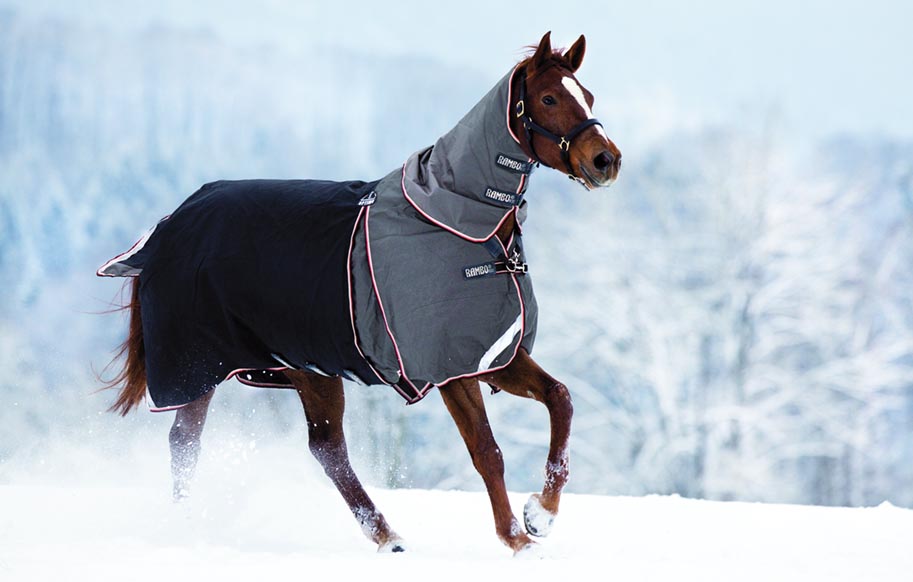 The number one cause of colic during the winter is a lack of fresh, unfrozen water. Horses must drink 10-12 gallons of fresh water every day and will dehydrate quickly if water is unavailable. If your horse is not able to get enough water, it is at greater risk of conditions such as simple indigestion or impaction.
The number one cause of colic during the winter is a lack of fresh, unfrozen water. Horses must drink 10-12 gallons of fresh water every day and will dehydrate quickly if water is unavailable. If your horse is not able to get enough water, it is at greater risk of conditions such as simple indigestion or impaction.
A frozen water trough is the usual dehydration culprit so ensure that you check the water supply daily to guarantee continual access to water in the winter. Bear in mind that electrolyte supplements are not a suitable water substitute and do not mitigate the risk of dehydration.
There is nothing wrong with adding appropriate amounts of electrolytes to your horse’s diet, but offer them in a separate container leaving the main water supply clean and fresh. If you suspect dehydration in your horse, contact your vet.
The second risk factor associated with winter colic is exposure to cold temperatures. A horse with a full coat should have no trouble staying warm as long he remains dry and has access to shelter.
Rugs help those that have been clipped because they have lost the added layer of insulation the hair provides, but rugs must be used responsibly. Always replace or remove a soaked rug immediately because the moisture traps the cold and causes your horse to lose body heat. If your horse wears a rug you should have at least two on hand, so a soaked one can be swapped for a dry one.
Increasing the forage in a horse’s diet will help prevent impactions and will reduce the risk of hypothermia. Horses require more calories in the winter just to stay warm and the fermentation process for digesting hay and roughage generates heat that helps maintain body temperature.
 The best colic prevention in this situation is to allow a horse 24-hour forage access so the fermentation process never slows or stops. Adding concentrate feed and supplements (if warranted) is fine but they do not provide the same warming and digestive benefits as a continual supply of forage.
The best colic prevention in this situation is to allow a horse 24-hour forage access so the fermentation process never slows or stops. Adding concentrate feed and supplements (if warranted) is fine but they do not provide the same warming and digestive benefits as a continual supply of forage.
Shelter is equally important, even to those horses that are accustomed to being out all the time. A permanent structure built to withstand the elements is preferable but a temporary canopy that is secured properly and offers respite from the winter weather is better than nothing.
If you observe a horse experiencing mild hypothermia – body temperature lower than 99.5°F, signs of lethargy and a reluctance to move – remove him from the elements so he can thaw out and recover; the sooner he gets out of the cold the better. Rugs can be used to speed up the warming process.
Most things seem to function less well in the cold, and horses are no exception. Hypothermia and dehydration induced colic episodes are common occurrences for horses living in winter climates. While we do not suffer consistently with extreme cold weather, this often makes us and our animals more vulnerable when this type of weather strikes.



